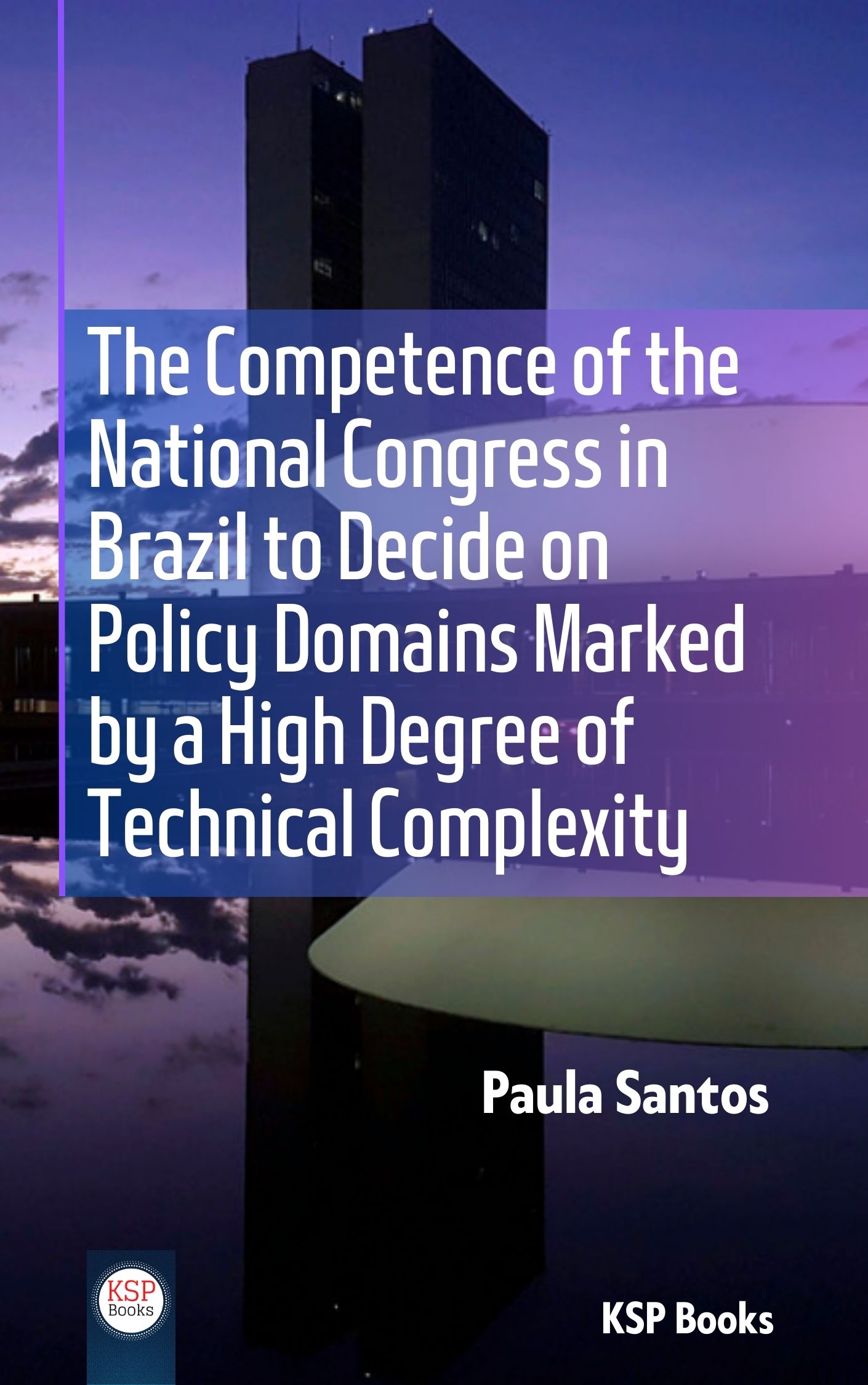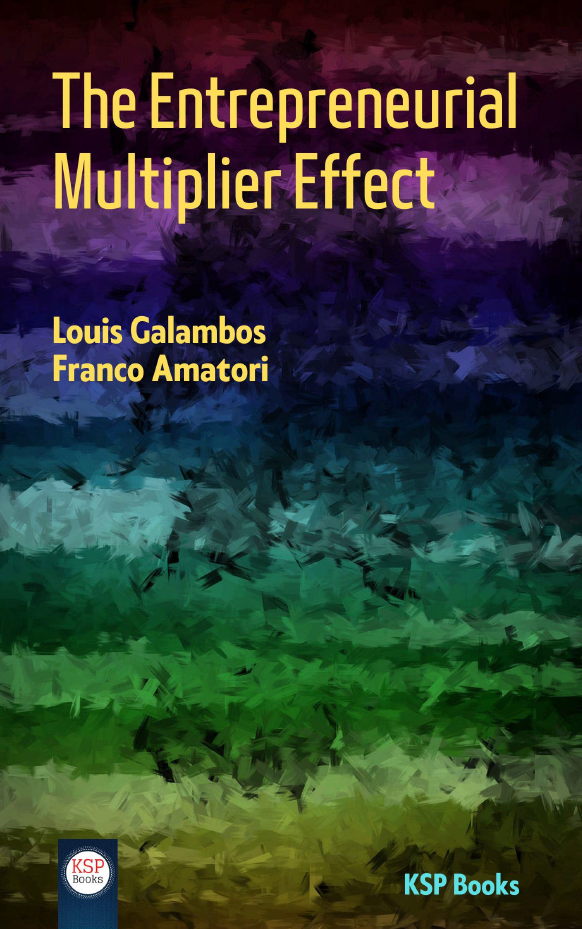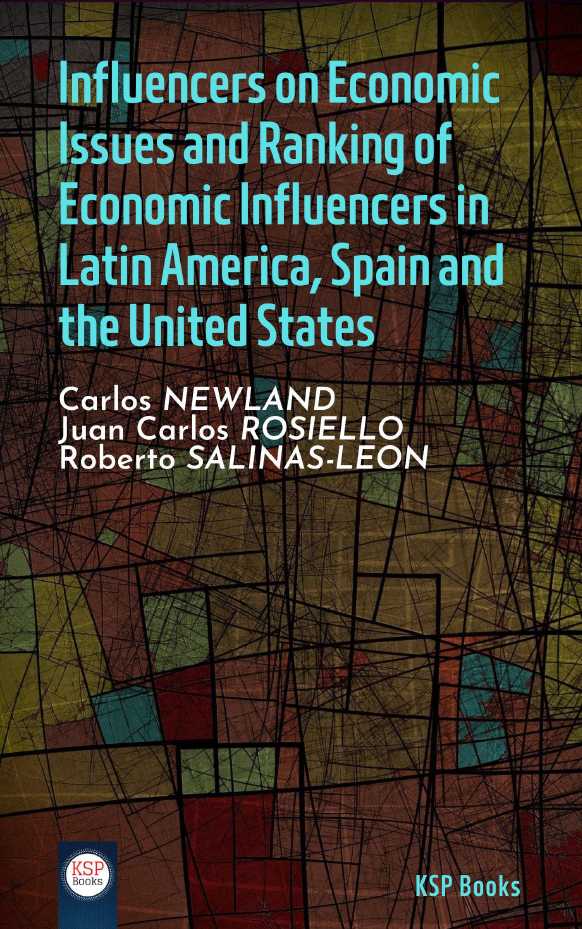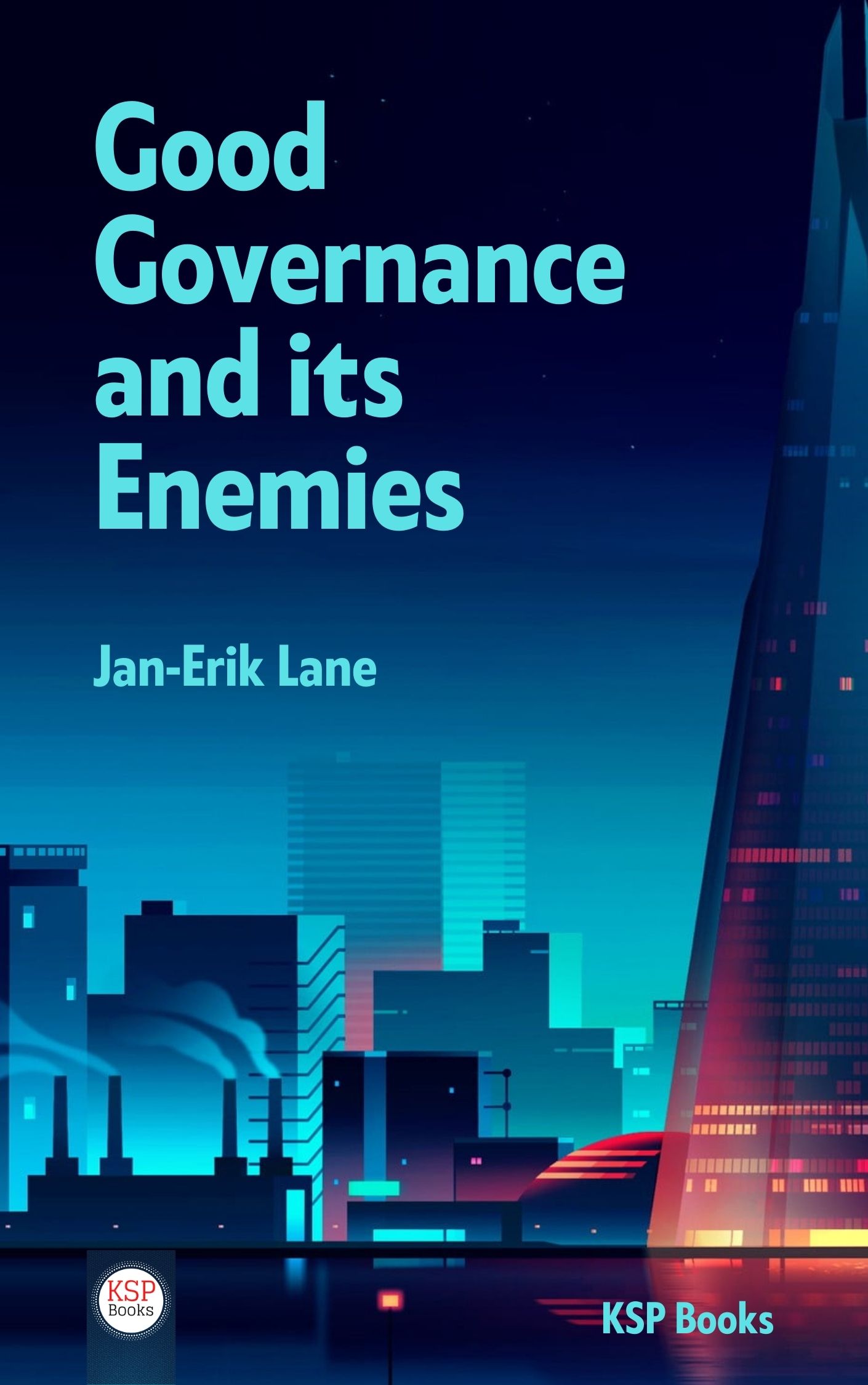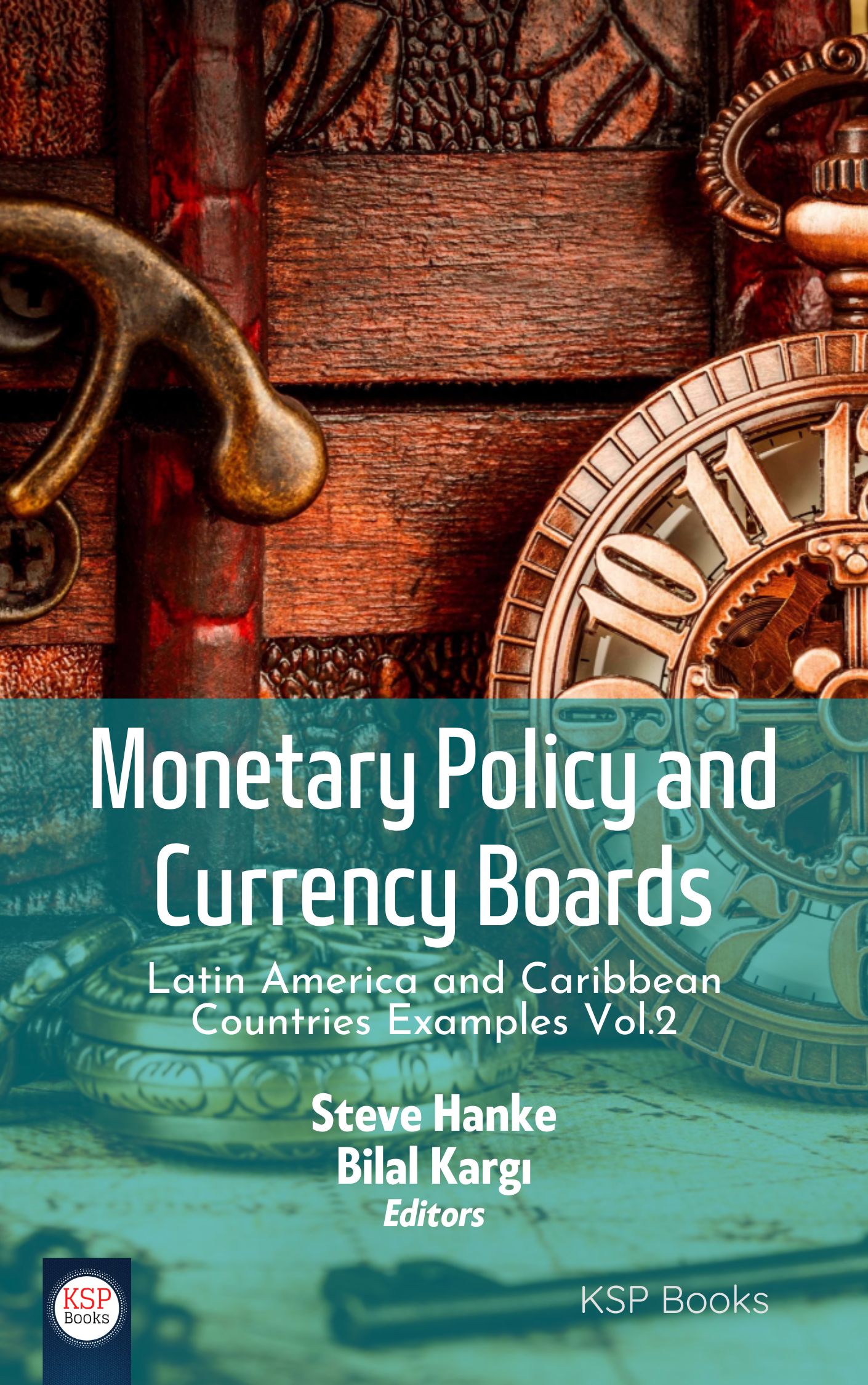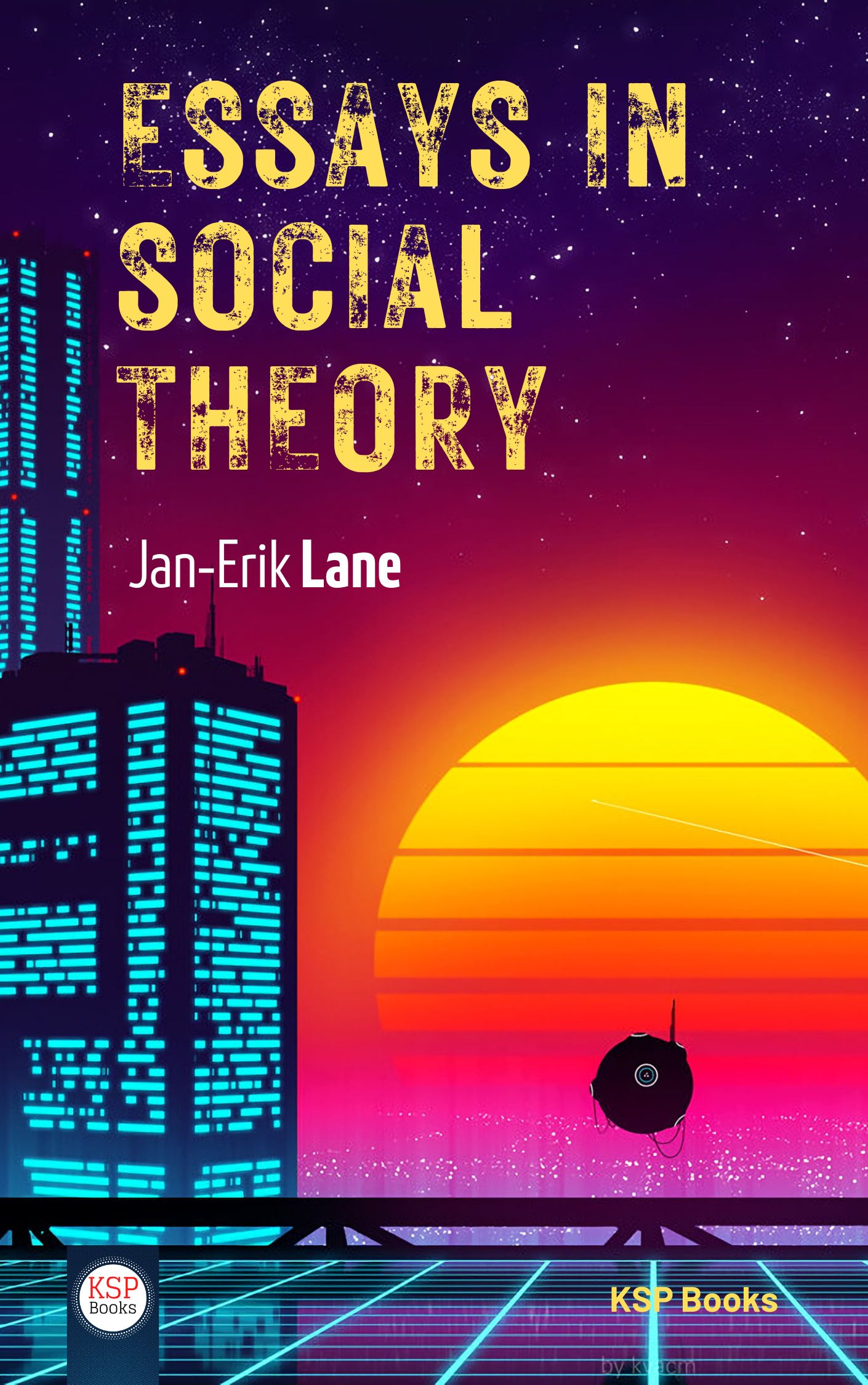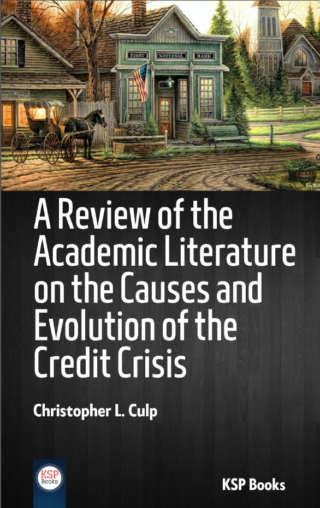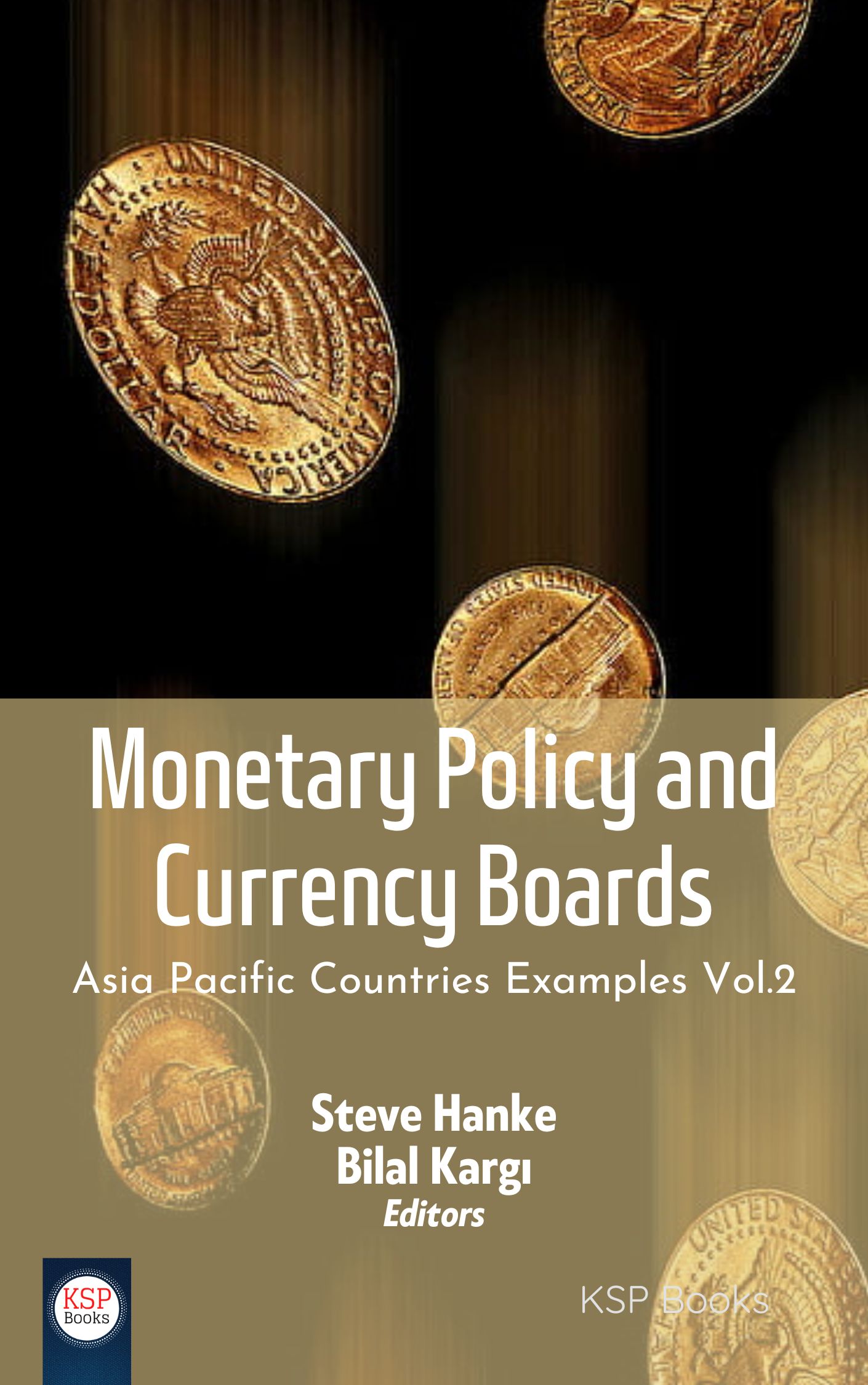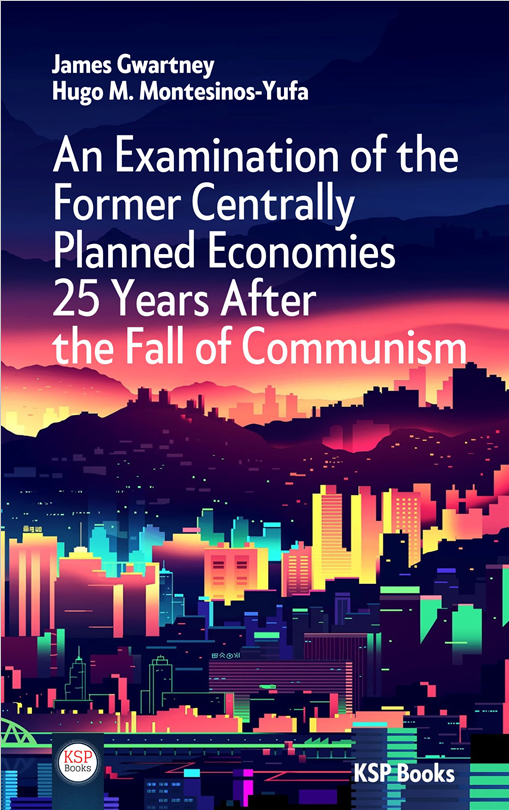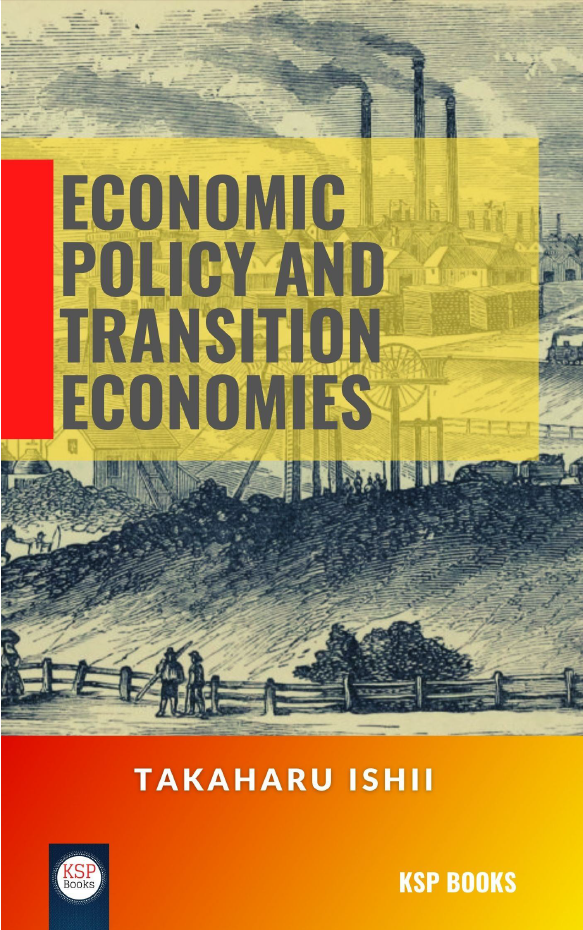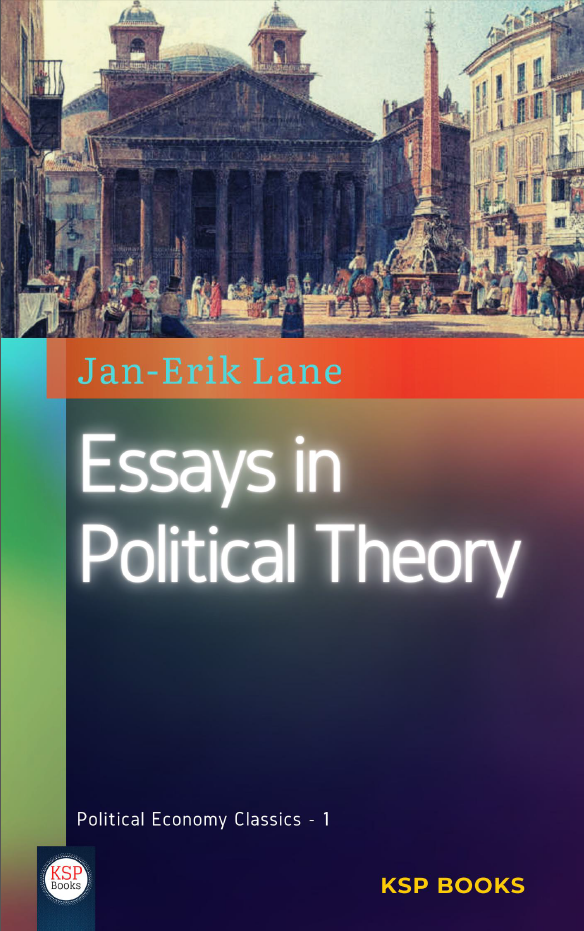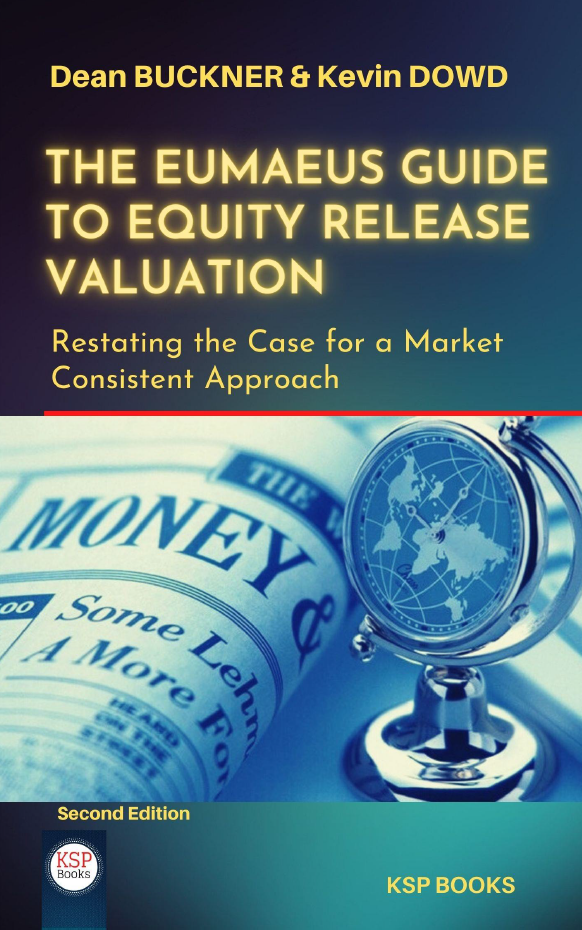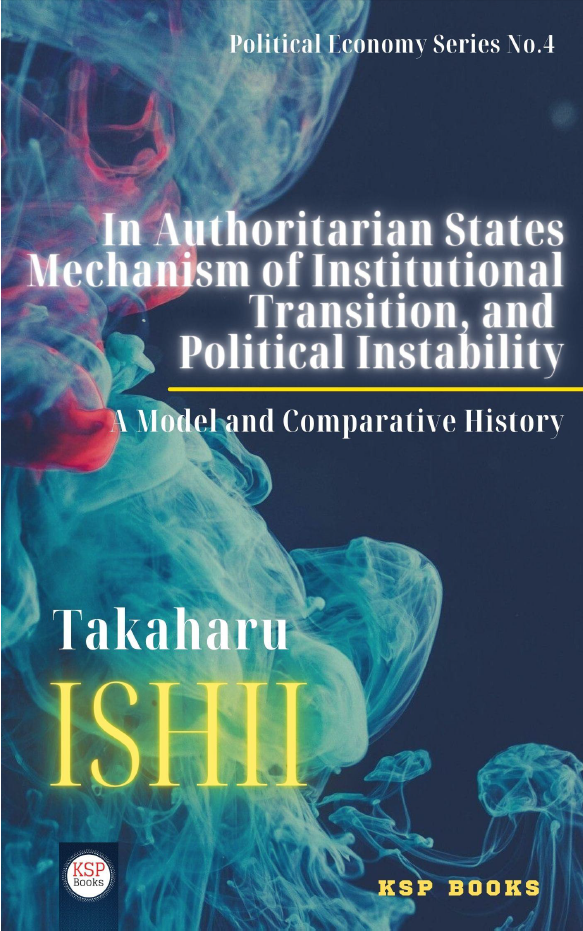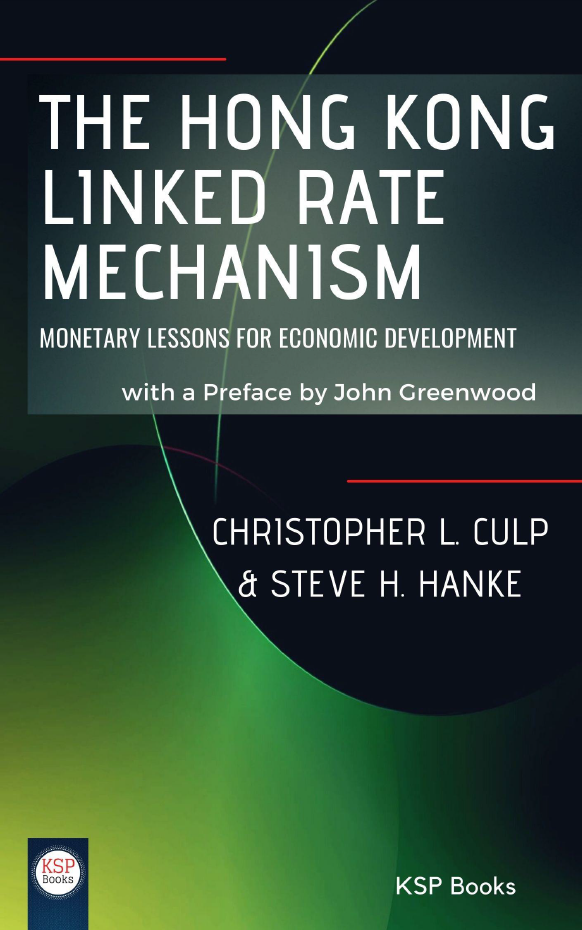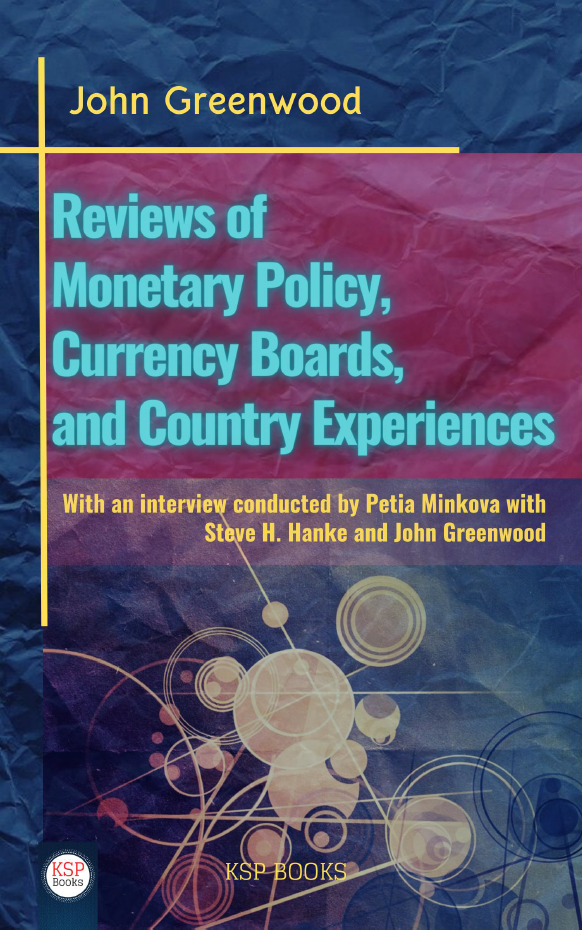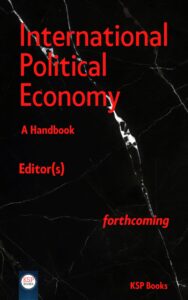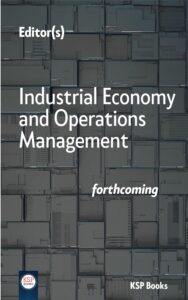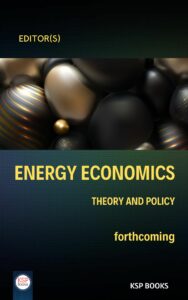Editors
Steve Hanke
The Johns Hopkins University, USA
Bilal Kargı
Ankara Yıldırım Beyazıt University, Turkey
e-ISBN: 978-625-8190-58-8
Publishing Date: December 25, 2022
File Size: 4,609 MB
Length: xvi + 161 pages (PDF)
Language: English
Dimensions: 13,5 x 21,5 cm
 This Book is completely open access. You can freely read, download and share with everyone.
This Book is completely open access. You can freely read, download and share with everyone. 
It is possible to present a brief summary of the subjects that the chapters in this book focus on.
Ch 1. Mr. Chairman, thank you for this opportunity to express my views on “Venezuela’s Tragic Meltdown.” A great deal of the commentary on the topic is polemical, and more-or-less political and ideological self-justifications of one sort or another. In consequence, the discourse is often confused and confusing. In an attempt to bring some clarity to the topic, I will focus on the one necessary condition that must be satisfied before the Venezuelan economy can be turned around. Inflation must be stopped before stability can be established. Stability might not be everything, but everything is nothing without stability.
Ch 2. This chapter describes the methodology and presents the results of a Datincorp survey on Venezuela’s economic crisis. The survey was carried out in March 2017. A majority of Venezuelans do not trust the Central Bank of Venezuela, and believe that immediate change is necessary. A majority of Venezuelans also indicate that the implementation of dollarization or an orthodox currency board are not only the most desirable solutions in theory, but are also highly supported by Venezuelan public opinion.
Ch 3. For many reasons, dollarization is an efficient and realistic option for this country. Yet, in order to last, it must be able to withstand banking panics without the assistance of a conventional lender of last resort and the lobby of protected industries to revoke dollarization. To this end, we advance a model of commercial banking close to that of Panama, under foreign law, and argue for free trade agreements with superpowers to smooth out real-exchange rate fluctuations.
Ch 4. We describe the history of Jamaica’s Currency Board system, which existed from 1920 to 1961; test how orthodox the currency board was; and compare some features of the currency board and the Jamaican economy during the currency board period to the Bank of Jamaica and to the Jamaican economy under central banking.
Ch 5. The following chapter is an analysis of Chile’s pension reform from 1980 to today, in 2019. In this chapter, the authors analyze the structure, implementation, and transition process of the reform, while also highlighting strengths and identifying weaknesses that can be improved upon. This information can be used to assist Chile in its current pension reform, as well as be used as a potential model for future countries looking to overhaul their pension system.
Ch 6. The currencies of Caribbean countries have now outlived their usefulness, and have become a liability. They were devised at a time when most payments were made using notes and coin, issued in distant metropolitan centres. Scarcity of the means of payment was a severe hindrance to commerce. In response currency boards were set up, to issue local currency as needed in the colonies. The system worked well because the local currency issue was backed by an equivalent value of sterling, in a global system of fixed exchange rates. In contrast, nowadays payments are made mostly by electronic communication, credit and debit cards, cheques and drafts, with settlement over digitized bank accounts. In today’s world an own currency has become a liability for small economies, limiting access to international goods and services, exposing residents to risks of currency devaluation and inflation, eroding the value of domestic savings, increasing economic inequalities, providing a tool for unproductive government spending, and diverting attention from the need to increase productivity and enhance international competitiveness.
Ch 7. We provide the first spreadsheet data series and legislative history of note issue by the Commissioners of Currency, in Trinidad, and the Board of Commissioners of Currency, in Barbados. The paper assesses how orthodox the operations of these two currency boards were, analyzing both the legislation and statistics from their balance sheets. The two boards’ operations are compared in their structure and level of orthodoxy. There is also some limited discussion of the effects of the boards on the colonies’ economies. The chapter makes the various balance sheet data available in machine-readable form for the first time, in a companion spreadsheet workbook.
Ch 8. This chapter seeks to answer whether the replacement of the Bahamas currency board by a central bank was a rational decision given the subsequent economic performance climate of the central bank and the Bahamian economy. The chapter describes the currency board’s establishment; its switch from the pound sterling to the U.S. dollar as the anchor currency; and its replacement by a proto-central bank soon succeeded by the Central Bank of the Bahamas, which continues in existence today. Statements of the currency board from the Bahamas Gazette as well as other sources will help analyze the aforementioned periods and illustrate the effects each transition had on the economy. The chapter will examine the later years of the currency board and test whether it behaved in an orthodox or unorthodox manner as well as exploring its relation to government finance.
Venezuela’s tragic meltdown
Steve H. Hanke
A survey of Venezuelan public opinion on the replacement of the Bolivar with either the U.S. dollar or the central bank of Venezuela with a currency board
Steve H. Hanke & María Belén Wu
A plan for dollarizing Argentina
Jorge C. Ávila
Jamaica’s currency board, 1920-1961, and a comparison with its central bank
Eashan Gupta, Matthew Auran,
& Dylan Frankenfield
The privatization of social security in Chile: 1980-present
Ryan Baber & Edward Taufer
The time has come to permanently retire all our Caribbean currencies
DeLisle Worrell
The currency boards of Trinidad (1906-1951) and Barbados (1938-1951)
Sidharth Sah
An economic analysis of the Bahamas currency
Philip Prokos
Steve Hanke
The Johns Hopkins University, USA
Dr. Steve Hanke is a Professor of Applied Economics and Founder & Co-Director of the Institute for Applied Economics, Global Health, and the Study of Business Enterprise at The Johns Hopkins University in Baltimore. He is a Senior Fellow and Director of the Troubled Currencies Project at the Cato Institute in Washington, D.C., a Senior Advisor at the Renmin University of China’s International Monetary Research Institute in Beijing, a Special Counselor to the Center for Financial Stability in New York, a contributing editor at Central Banking in London and a contributor at the National Review.
Bilal Kargı
Ankara Yıldırım Beyazıt University, Turkey
Dr. Bilal Kargı is associate professor of economics at Ankara Yıldırım Beyazıt University, Turkey.
Related EconPedia Items




